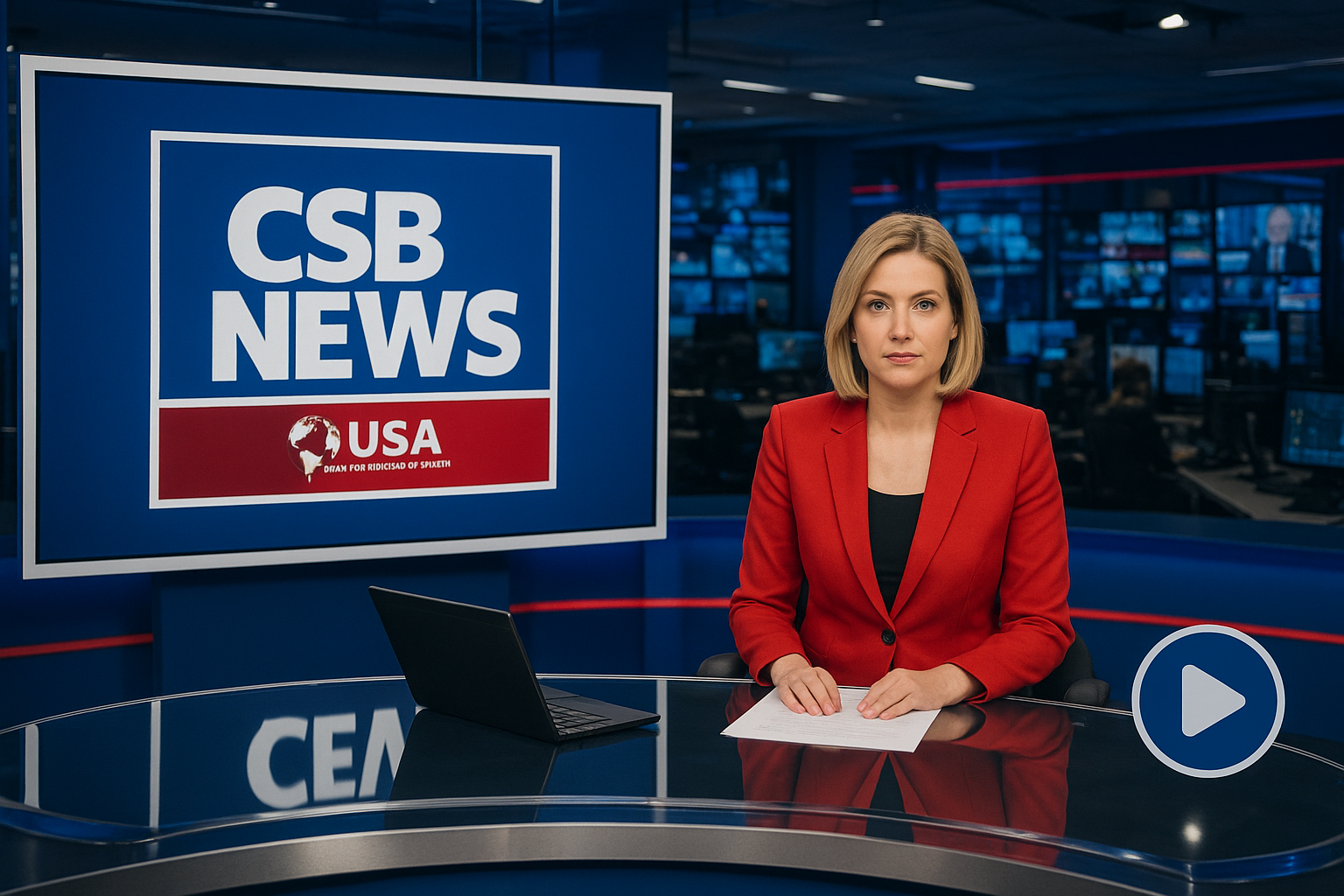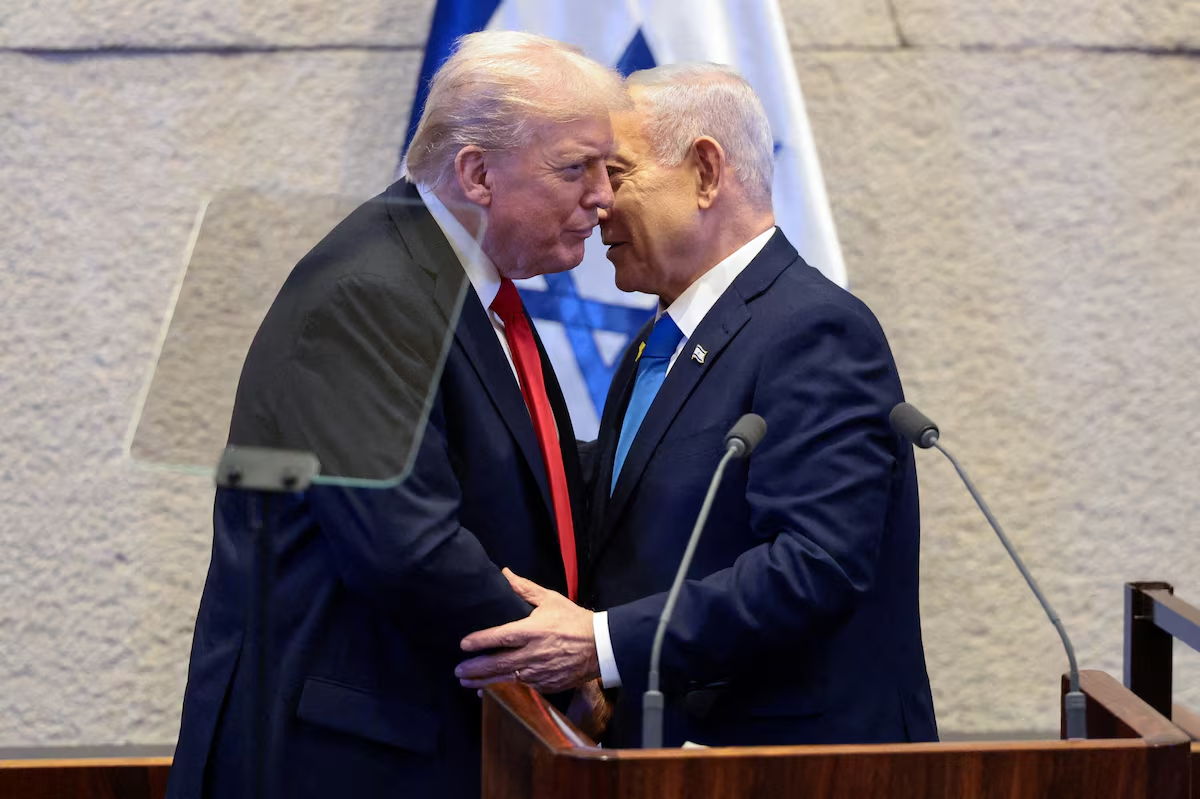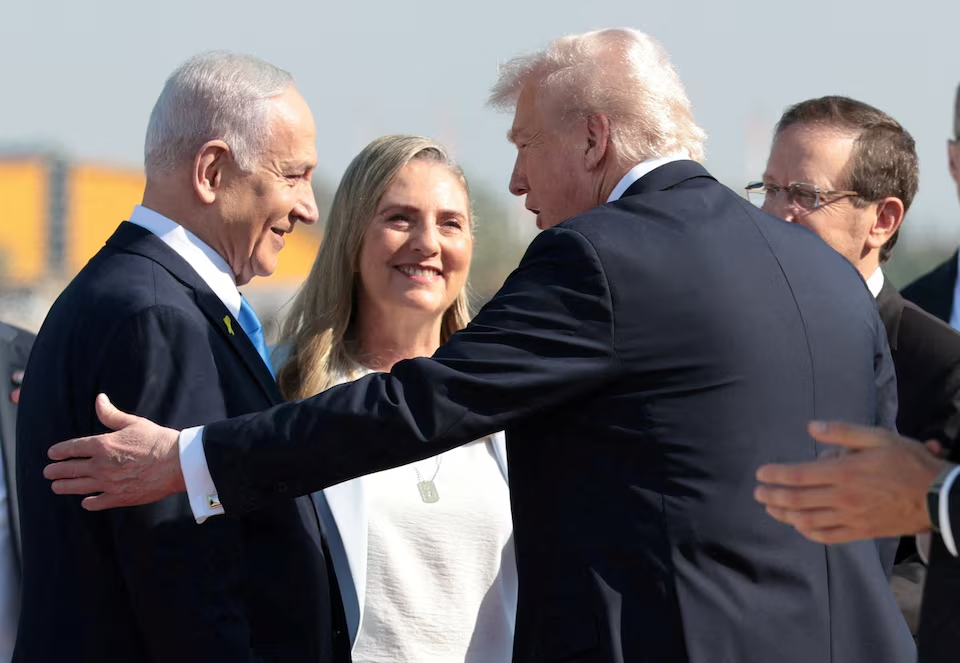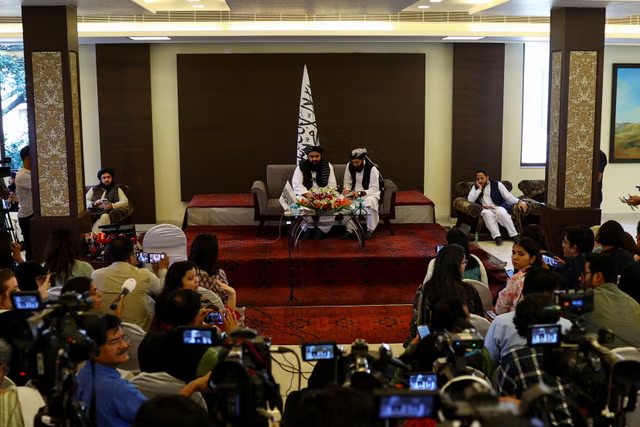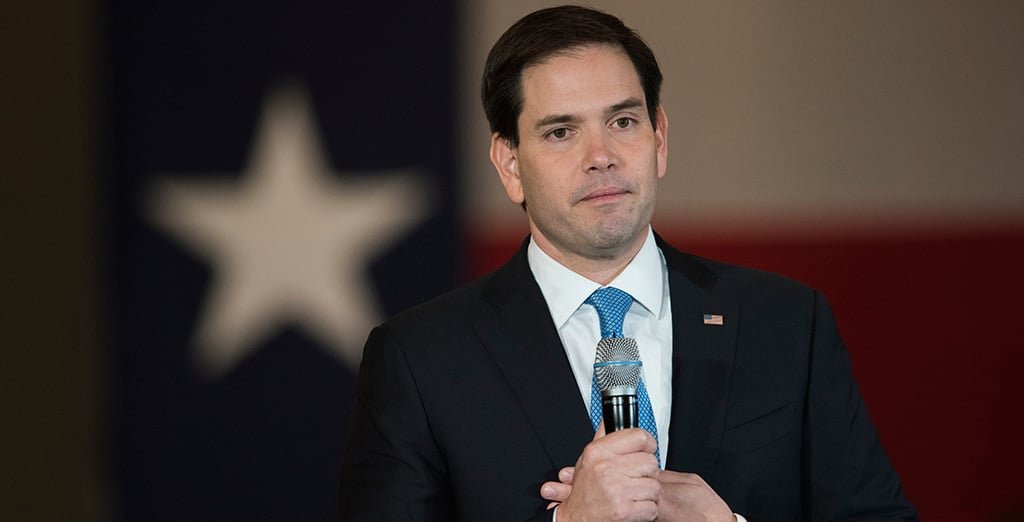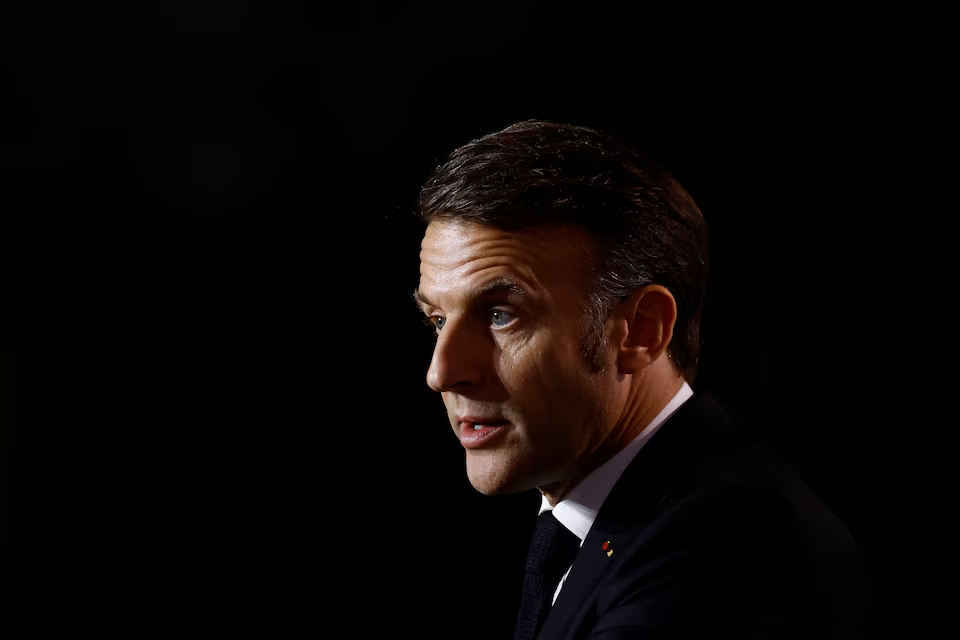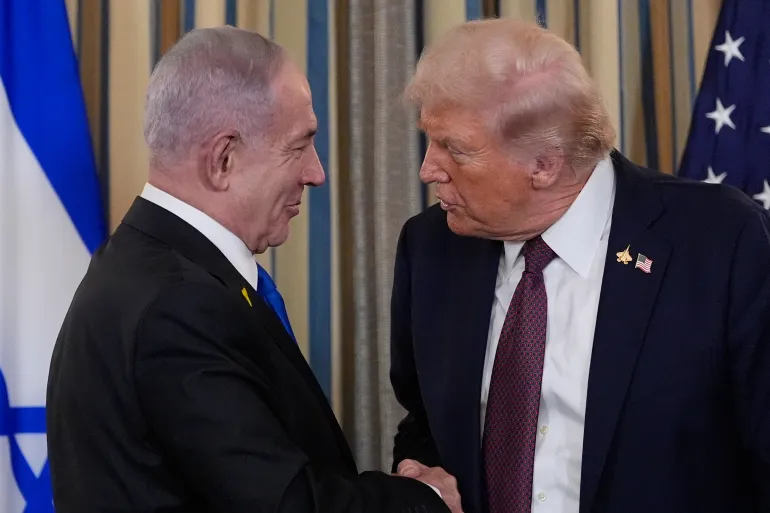President Donald Trump's Second Inauguration and the New Political Chapter in the United States
The second inauguration of U.S. President Donald Trump appeared, at first, to be a continuation of the country's long-standing tradition of peaceful transitions of power. However, beneath the surface, alarming signs have begun to emerge, suggesting significant political turmoil ahead. All living former presidents were present, and outgoing President Joe Biden greeted his successor warmly, who delivered a speech about the country's bright future. Yet, in the aftermath of Trump’s new oath, the intensity of political unrest became unmistakable.
President Donald Trump's Second Inauguration and the New Political Chapter in the United States
President Donald Trump's Second Inauguration and the New Political Chapter in the United States
Washington, D.C. — The second inauguration of U.S. President Donald Trump appeared, at first, to be a continuation of the country's long-standing tradition of peaceful transitions of power. However, beneath the surface, alarming signs have begun to emerge, suggesting significant political turmoil ahead. All living former presidents were present, and outgoing President Joe Biden greeted his successor warmly, who delivered a speech about the country's bright future. Yet, in the aftermath of Trump’s new oath, the intensity of political unrest became unmistakable.
The election last year was free and fair, and Trump has given his supporters hope that he will address issues such as the border crisis, end the war in Ukraine, and bring inflation under control. However, Monday’s inauguration carried clear warning signs.
Due to severe weather, Trump’s swearing-in took place in the Capitol Rotunda, the very location where rioters stormed the building on January 6, 2021, in an attempt to keep him in power. Trump entered the space from the same hall where some of the fiercest clashes occurred between his supporters and law enforcement on that day. After taking the oath, he vowed that "never again" would the government persecute political opponents and announced plans to pardon those involved in the January 6 attack. He also sharply criticized the last-minute pardons granted by President Biden to members of the congressional committee investigating the riot.
Following through on his campaign promise, Trump pardoned around 1,500 rioters, including some who had assaulted police officers. This move came after Biden’s 11th-hour pardons for his own family and others, which were seen as a response to Trump’s continued threats of retribution against his political adversaries.
Trump’s first day back in power suggested a tumultuous second term, marked by political polarization and controversy. During his second speech, Trump once again falsely claimed that his 2020 election loss was due to voter fraud, despite evidence to the contrary.
On inauguration day, Trump’s return to power signified more than just a ceremonial handover—it highlighted a dangerous moment for democracy, where political tensions are set to impact the country’s future course. The situation underscores the severe challenges ahead for U.S. democracy, which may be forever altered by the second term of President Trump.

